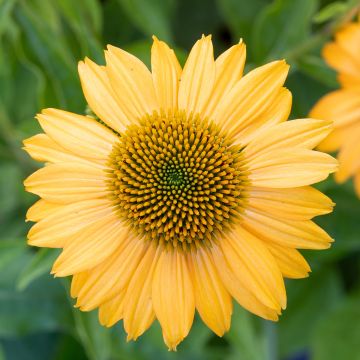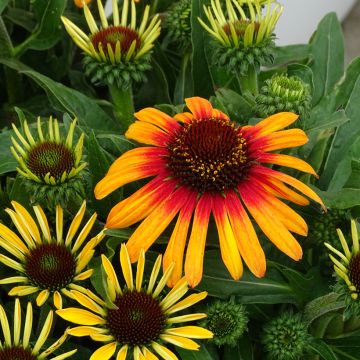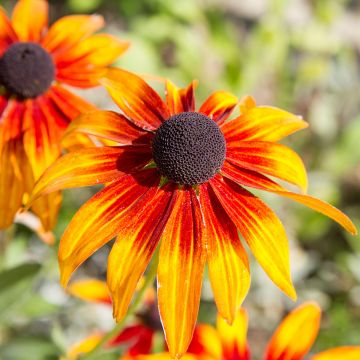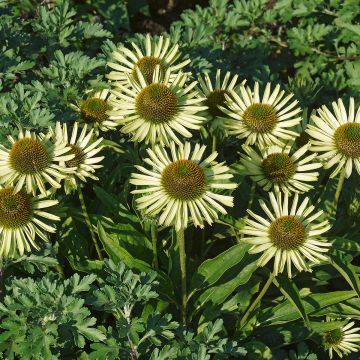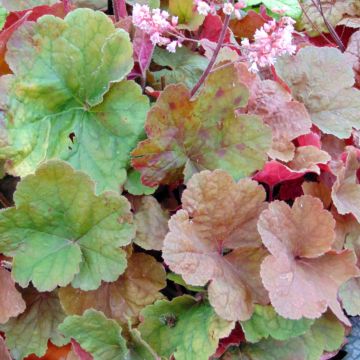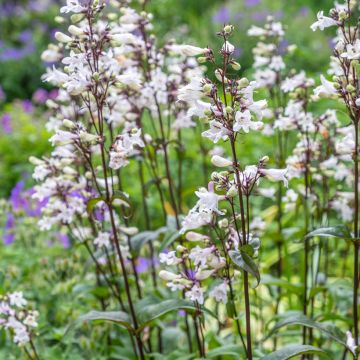Shipping country and language
Your country of residence may be:
Your country of residence is:
For a better user experience on our website, you can select:
Your shipping country:
Andorra
Austria
Belgium
Bulgaria
Canada
Chile
Croatia
Cyprus
Czechia
Denmark
Estonia
Finland
France
Germany
Greece
Hungary
Iceland
Ireland
Italy
Latvia
Lithuania
Luxembourg
Malta
Monaco
Netherlands
Poland
Portugal
Romania
Slovakia
Slovenia
Spain
Sweden
Switzerland
United Kingdom
We only deliver seed and bulb products to your country. If you add other products to your basket, they cannot be shipped.
Language:
French
German
Spanish
English
My Account
Hello
My wish lists
Plantfit
Log in / Register
Existing customer?
New customer?
Create an account to track your orders, access our customer service and, if you wish, make the most of our upcoming offers.


Echinacea Summer Breeze - Purple Coneflower
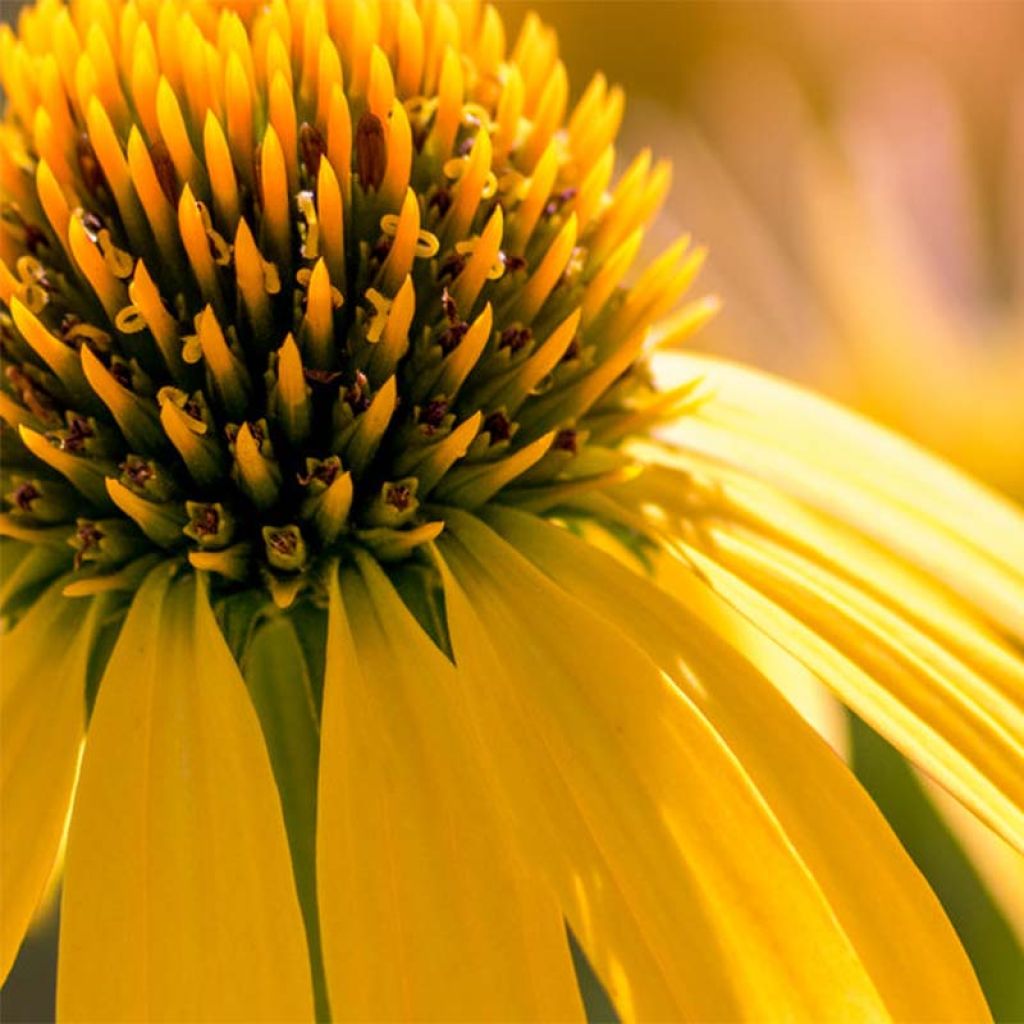

Echinacea Summer Breeze - Purple Coneflower
Echinacea Summer Breeze - Purple Coneflower
Echinacea purpurea Summer Breeze
Purple Coneflower, Eastern Purple Coneflower
lush foliage
jean claude H., 24/11/2017
Why not try an alternative variety in stock?
View all →Order in the next for dispatch today!
Dispatch by letter from €3.90.
Delivery charge from €5.90 Oversize package delivery charge from €6.90.
More information
This item is not available in your country.
Schedule delivery date,
and select date in basket
This plant carries a 12 months recovery warranty
More information
We guarantee the quality of our plants for a full growing cycle, and will replace at our expense any plant that fails to recover under normal climatic and planting conditions.
From €5.90 for pickup delivery and €6.90 for home delivery
Express home delivery from €8.90.
Does this plant fit my garden?
Set up your Plantfit profile →
Description
Echinacea 'Summer Breeze' or Coneflower is a robust, hardy and accommodating flowering perennial. Its flowers, sometimes reaching a diameter of 10 cm (4in) from June to September evolve throughout their blooming. Their centre is initially green and flat and gradually swells to become a large conical, very warm golden yellow bud surrounded by a row of long and slender yellow florets that stand out distinctly. The achenes (their fruits) take over in autumn to the delight of birds that feast on them. Create magnificent fresh bouquets or incorporate them into dried arrangements where they will last for a long time.
Originating from North America, where it has naturally colonized numerous states, Echinacea has been present in gardens for many years. It originally spontaneously settled in wild spaces: vast meadows, forest edges, roadsides... As a result, it is content with any type of soil and climate and displays a hardiness that gardeners appreciate. However, it prefers deep, well-drained soils and will establish itself more easily (and therefore withstand drought later on) if initially placed in moist soil. Note that it may take its time to settle, but then will be resistant and long-lasting. It thrives in the sun or light shade. It requires almost no care, except for removing faded flowers.
It is a herbaceous plant belonging to the Asteraceae family, with an upright and bushy habit. The leaves are deciduous, dark green, hairy and quite thick, lanceolate, longer and more numerous at the base, but alternate and sparse along the stems. The stems are long and sturdy with large flower heads at their tops. The numerous crossbreeding, from which most varieties now originate, has multiplied the characteristics of these plants resulting in many colours and shapes. They all consist of a cone-shaped or cylindrical centre that can become very prominent, as with 'Summer Breeze', surrounded by ligules of various length, arranged in one or several rows, giving it the simple appearance of a large daisy or, a tousled pompom. The variations are limitless, and everyone will find their favourite cultivar among the available options. They also enliven the garden by attracting pollinators.
'Summer Breeze' is an easy perennial that illuminates flower beds all summer with many long-lasting flowers. It brings the essential yellow colour to a multicolored bed, surrounded by Lupins, Achilleas, and Irises. It also enhances a palette of blues with softer companions, such as the Delphinium 'Pacific Summer Skies' or the Phlox divaricata 'Chattahoochee', between which it easily fits with its intermediate height (65 cm (26in)).
Echinacea Summer Breeze - Purple Coneflower in pictures




Flowering
Foliage
Plant habit
Botanical data
Echinacea
purpurea
Summer Breeze
Asteraceae
Purple Coneflower, Eastern Purple Coneflower
Cultivar or hybrid
Other Echinacea - Coneflower
Planting and care
Echibacea 'Summer Breeze' is best planted in spring or autumn in a sunny location. It does not need specific soil, but would prefer it to be loosened beforehand to allow it to establish. Water in the beginning, but not excessively (it doesn't like having its feet in water for too long), it will tolerate drought better afterwards.
It is a perennial that may take time to grow but proves to be robust and resistant to diseases, adverse weather, and frost (down to -15°C (5°F)). Furthermore, once established, it is long-lasting and floriferous.
You can remove faded flowers throughout the season to stimulate flowering or leave them on the plant to attract birds from autumn and enjoy its slender silhouette all winter. Cut the stems in early spring. Consider dividing the crown if it shows signs of fatigue: increased susceptibility to powdery mildew and sparse flowering.
Planting period
Intended location
Care
- , onOrder confirmed
Reply from on Promesse de fleurs
Summer flowering perennials
Haven't found what you were looking for?
Hardiness is the lowest winter temperature a plant can endure without suffering serious damage or even dying. However, hardiness is affected by location (a sheltered area, such as a patio), protection (winter cover) and soil type (hardiness is improved by well-drained soil).

Photo Sharing Terms & Conditions
In order to encourage gardeners to interact and share their experiences, Promesse de fleurs offers various media enabling content to be uploaded onto its Site - in particular via the ‘Photo sharing’ module.
The User agrees to refrain from:
- Posting any content that is illegal, prejudicial, insulting, racist, inciteful to hatred, revisionist, contrary to public decency, that infringes on privacy or on the privacy rights of third parties, in particular the publicity rights of persons and goods, intellectual property rights, or the right to privacy.
- Submitting content on behalf of a third party;
- Impersonate the identity of a third party and/or publish any personal information about a third party;
In general, the User undertakes to refrain from any unethical behaviour.
All Content (in particular text, comments, files, images, photos, videos, creative works, etc.), which may be subject to property or intellectual property rights, image or other private rights, shall remain the property of the User, subject to the limited rights granted by the terms of the licence granted by Promesse de fleurs as stated below. Users are at liberty to publish or not to publish such Content on the Site, notably via the ‘Photo Sharing’ facility, and accept that this Content shall be made public and freely accessible, notably on the Internet.
Users further acknowledge, undertake to have ,and guarantee that they hold all necessary rights and permissions to publish such material on the Site, in particular with regard to the legislation in force pertaining to any privacy, property, intellectual property, image, or contractual rights, or rights of any other nature. By publishing such Content on the Site, Users acknowledge accepting full liability as publishers of the Content within the meaning of the law, and grant Promesse de fleurs, free of charge, an inclusive, worldwide licence for the said Content for the entire duration of its publication, including all reproduction, representation, up/downloading, displaying, performing, transmission, and storage rights.
Users also grant permission for their name to be linked to the Content and accept that this link may not always be made available.
By engaging in posting material, Users consent to their Content becoming automatically accessible on the Internet, in particular on other sites and/or blogs and/or web pages of the Promesse de fleurs site, including in particular social pages and the Promesse de fleurs catalogue.
Users may secure the removal of entrusted content free of charge by issuing a simple request via our contact form.
The flowering period indicated on our website applies to countries and regions located in USDA zone 8 (France, the United Kingdom, Ireland, the Netherlands, etc.)
It will vary according to where you live:
- In zones 9 to 10 (Italy, Spain, Greece, etc.), flowering will occur about 2 to 4 weeks earlier.
- In zones 6 to 7 (Germany, Poland, Slovenia, and lower mountainous regions), flowering will be delayed by 2 to 3 weeks.
- In zone 5 (Central Europe, Scandinavia), blooming will be delayed by 3 to 5 weeks.
In temperate climates, pruning of spring-flowering shrubs (forsythia, spireas, etc.) should be done just after flowering.
Pruning of summer-flowering shrubs (Indian Lilac, Perovskia, etc.) can be done in winter or spring.
In cold regions as well as with frost-sensitive plants, avoid pruning too early when severe frosts may still occur.
The planting period indicated on our website applies to countries and regions located in USDA zone 8 (France, United Kingdom, Ireland, Netherlands).
It will vary according to where you live:
- In Mediterranean zones (Marseille, Madrid, Milan, etc.), autumn and winter are the best planting periods.
- In continental zones (Strasbourg, Munich, Vienna, etc.), delay planting by 2 to 3 weeks in spring and bring it forward by 2 to 4 weeks in autumn.
- In mountainous regions (the Alps, Pyrenees, Carpathians, etc.), it is best to plant in late spring (May-June) or late summer (August-September).
The harvesting period indicated on our website applies to countries and regions in USDA zone 8 (France, England, Ireland, the Netherlands).
In colder areas (Scandinavia, Poland, Austria...) fruit and vegetable harvests are likely to be delayed by 3-4 weeks.
In warmer areas (Italy, Spain, Greece, etc.), harvesting will probably take place earlier, depending on weather conditions.
The sowing periods indicated on our website apply to countries and regions within USDA Zone 8 (France, UK, Ireland, Netherlands).
In colder areas (Scandinavia, Poland, Austria...), delay any outdoor sowing by 3-4 weeks, or sow under glass.
In warmer climes (Italy, Spain, Greece, etc.), bring outdoor sowing forward by a few weeks.
